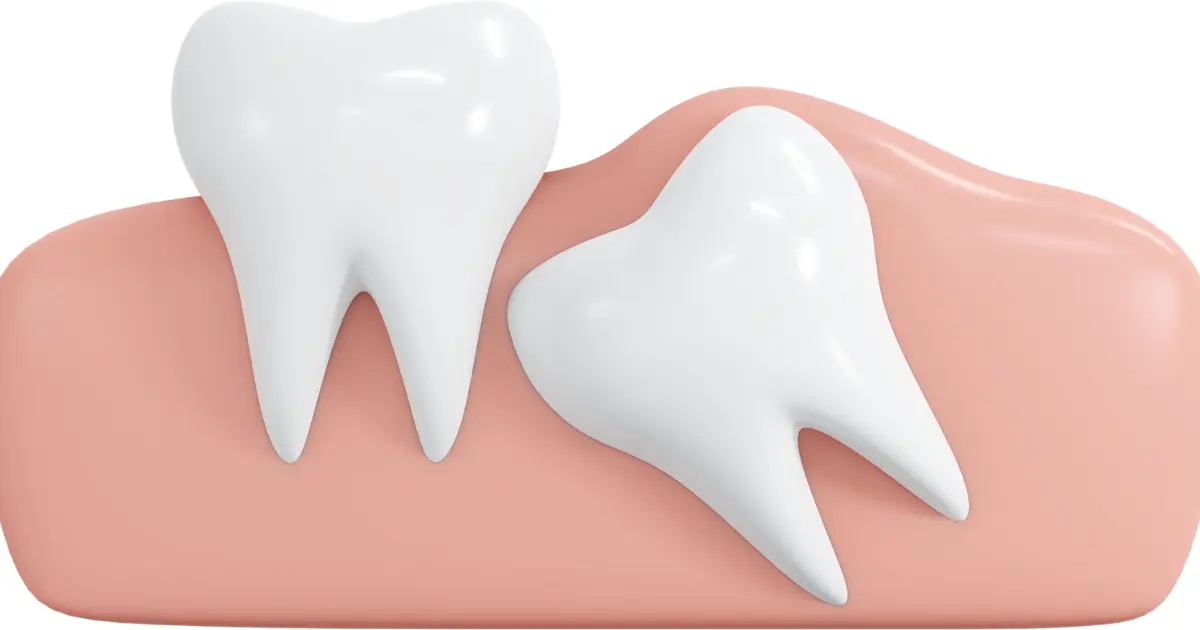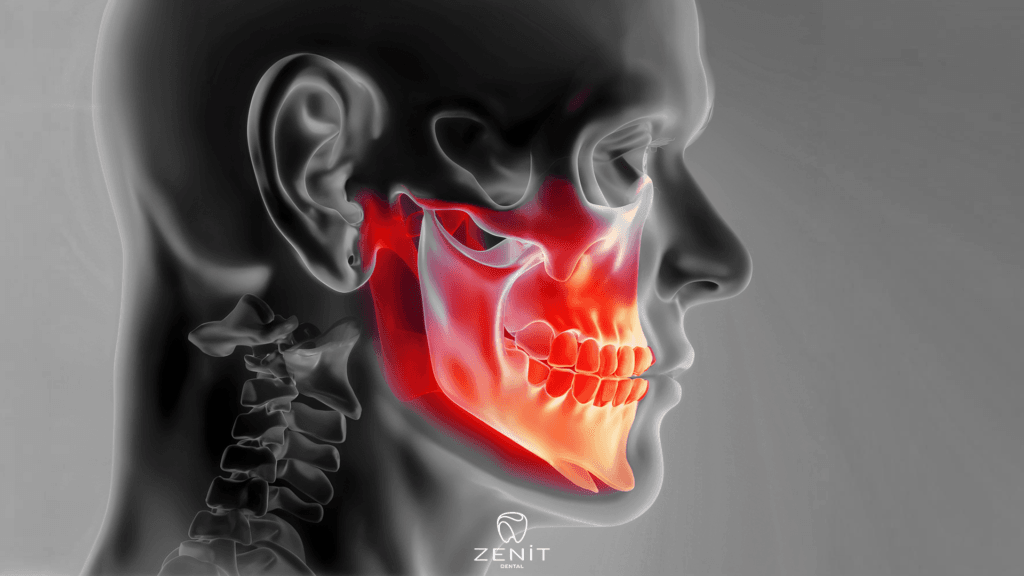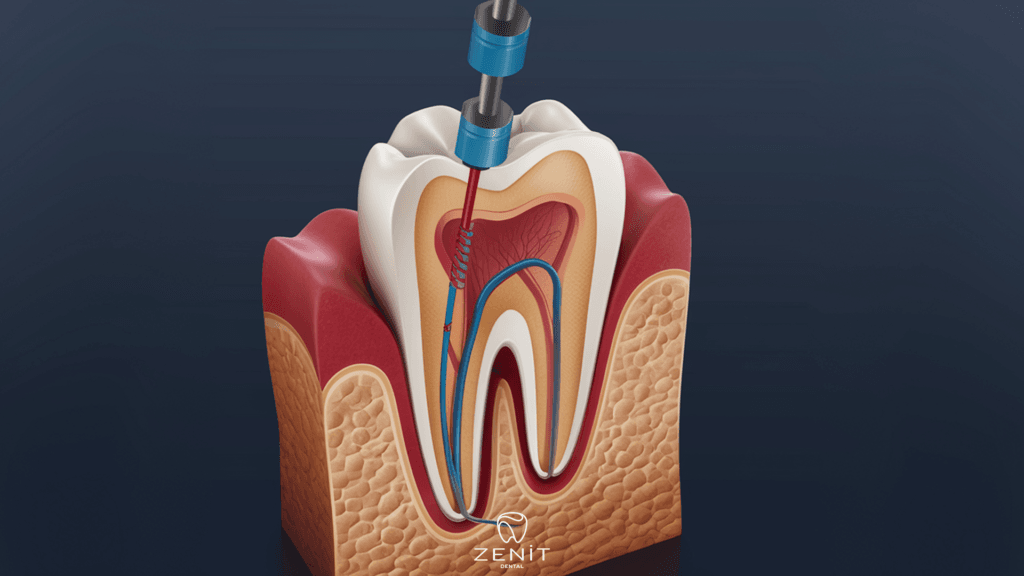The final adult tooth to emerge is a wisdom tooth. Back of the jaw wisdom teeth can be difficult and uncomfortable, resulting in pain and infection. As a last option, those whose wisdom teeth are 20 years old and causing issues have their teeth pulled. Due to severe toothaches, patients look for wisdom teeth removal since it’s hard to deal with. So, is it necessary to remove wisdom teeth? There is no need to take 20 teeth when the jawbone is healthy enough for tooth growth.
In addition to causing excruciating pain, wisdom teeth removal may be required because inadequate jaw space may distort the jaw’s anatomy or negatively impact the health and structure of nearby teeth. The final choice will be made by the dentist after examining the jaw and teeth. The symptoms of a wisdom tooth may not always be obvious. Wisdom teeth may come out at the incorrect angle and stay stuck in the gingiva because of improper jaw anatomy. Impacted wisdom teeth are painful and cannot be seen from the outside.
What Are the Symptoms of Wisdom Teeth?

You can experience a little irritability and detect some gum swelling in the region beneath the second teeth. The development of wisdom teeth frequently results in a dull aching towards the back of the jaw, which for some people might progress to more frequent, noticeable pain.
Sometimes the pressure exerted by wisdom teeth on nearby nerves results in discomfort in the jaw, eyes, and ears. As wisdom teeth start erupting, the gums sitting on top of them may become red or dark pink. It is obvious when tiny white specks start to appear below your second molars that your wisdom teeth are about to erupt. Your new teeth’s crowns are the white flecks you can see above the gum line.
X-ray shows that you have a semi-impacted 20-bit tooth that is horizontal and can’t be seen from the outside. After looking at the picture, the dentist decides if the wisdom teeth can be removed without surgery or if an incision needs to be made. Some people with impacted teeth have cysts, so the cyst should be treated first, and then the wisdom tooth should be taken out.
How Is Wisdom Teeth Removal Performed?

Damaged wisdom teeth, temporarily emerged wisdom teeth, or crowded teeth can also cause problems like gingivitis, wisdom teeth swelling, bad breath, tooth decay, and tissue death in the roots and enamel of the adjacent teeth. Because of this, a 20-size tooth that makes the mouth feel crowded should be taken out, even though it comes out at a smooth angle next to the semi-impacted and impacted teeth. Compared to other dental treatments, the cost of your wisdom teeth removal is lower.
X-rays are used to help take out wisdom teeth. The removal of 20 teeth that came out at the right angle and need to be taken out because of crowding or decay is similar to the removal of other teeth that do not require surgery. Most of the time, though, the problem teeth must be removed. This is called wisdom tooth surgery.
Wisdom teeth removal is a procedure performed by a dentist. The process is carried out in the following steps:
- Diagnosis and evaluation: The dentist carries out an examination to determine the patient’s tooth condition and whether a tooth extraction is necessary.
- Anesthesia: Local anesthesia can be applied to reduce pain during the tooth extraction procedure or general anesthesia can be used.
- Tooth removal: The dentist uses a tool to hold the tooth and slowly removes it. During the removal of the tooth, the gum and bone tissues may also be removed.
- Post-procedure care: After the tooth has been removed, a dressing is placed in the patient’s mouth and instructions are given for wound care.
The pain of the patient during the wisdom teeth removal procedure is kept at a minimum level and the comfort and safety of the patient during the procedure is a priority. After the procedure, it is important for the patient to properly care for the wound and to immediately seek assistance from the dentist if there is any problem.
How Long Does the Recovery Take?

The healing time after tooth extraction varies depending on the personal condition of the patient, the location of the extracted tooth, and the way the procedure was performed. In general, wound healing after a tooth extraction takes approximately 1-2 weeks. However, full healing can be achieved in a longer period for some patients.
During the healing process after wisdom teeth removal, the following symptoms require the patient to seek the attention of a dentist:
- Pain and swelling
- Pus or bleeding
- Redness and swelling of the wound
- Pain or discomfort that increases when in contact with structures such as dentures, dental pads, or dental implants
If these symptoms occur, the patient should seek the assistance of a dentist as soon as possible. If the healing process is not normal or is different from what is expected, the dentist will offer the patient appropriate treatment.
Will I Be Able to Eat And Speak Normally After Wisdom Teeth Removal?

After the wisdom teeth removal, eating and speaking functions usually return to normal. However, during the healing process of a tooth extraction, it may be more difficult for patients to eat and speak for a certain period of time, due to pain, swelling and dental prosthetics following the extraction. It is recommended to eat liquid foods such as soup, instead of solid foods after a tooth extraction. After 24 hours, you may consume soft-textured foods but make sure not to touch the area where the extraction was performed.
After the wisdom teeth removal, it is important for patients to follow the wound care instructions given by their dentist. They should also avoid contact with dental structures such as dentures, dental tampons, or dental implants. Taking pain relievers can also help reduce post-tooth extraction pain and discomfort. If there is still pain or discomfort even after eating and speaking functions return to normal, it is necessary to see the dentist.
Additionally, avoid eating very hot or very cold foods after wisdom teeth removal.






